One of Calgary’s earliest newspapers, The Morning Albertan, wrote in 1911 that in the dim and distant future, Calgarians would regret the absence of relics of bygone days. Old tram barn, Gotham City-style skyscrapers and a Civil Defense bunker are just some of the buildings that are no longer in Calgary.
Since the 1970s, the city has launched a process of evaluating historic heritage sites and encouraging their preservation, and although there have been major victories, many structures have still been demolished. Now, Calgarians can only imagine crossing Stephen Avenue between sandstone towers, buying vegetables in old streetcar barns, working in a Gotham City-style skyscraper covered in gargoyles, or living out the Cold War in a civil defense bunker. Read more about these and other lost sights on calgary-future.
1. Fort Calgary
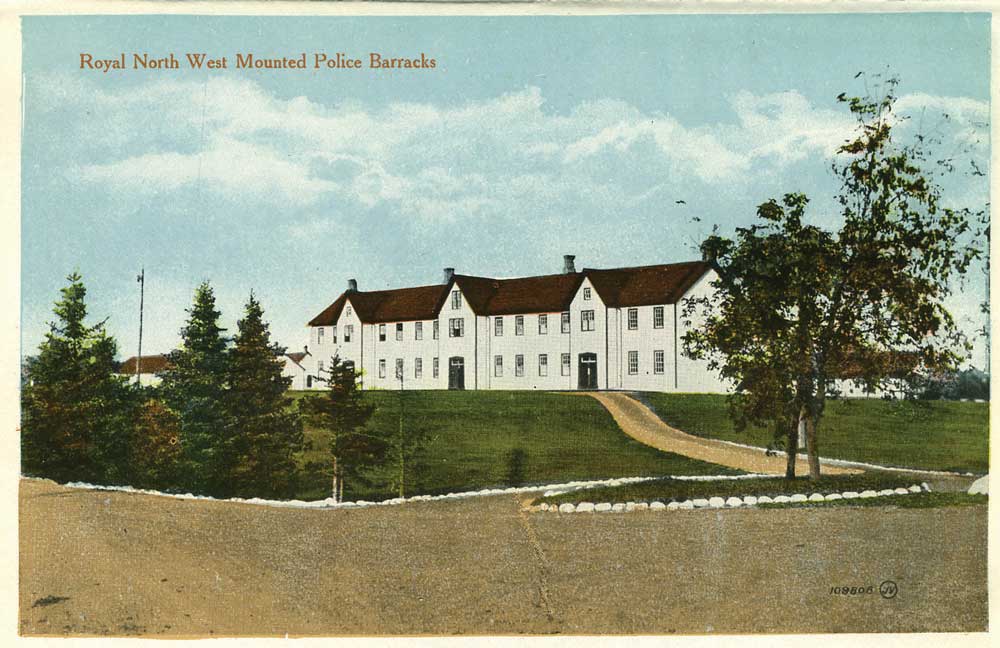
Fort Calgary was the northwestern outpost of the Mounted Police at the confluence of the Bow and Elbow Rivers. It was originally called Fort Brisebois in honor of the outpost’s first commander, and in June 1876 the outpost was renamed Fort Calgary.
In 1875, a wooden North-West Mounted Police outpost of upright logs provided a permanent presence for Calgary’s non-Indigenous population. In 1888, barracks were built in it, but the complex was demolished in 1914 to make way for railway stations. In the 1970s, this place was restored, and in 1978, an interpretation center was opened, that is, a kind of museum, aimed at preserving and spreading knowledge about the local cultural heritage. Since then, numerous reconstructions of the original buildings have been carried out. However, a fire in 2003 destroyed the replica logs, although the rebuilt 1888 barracks remain. In the end, the fort was rebuilt, but it bears little resemblance to its original.
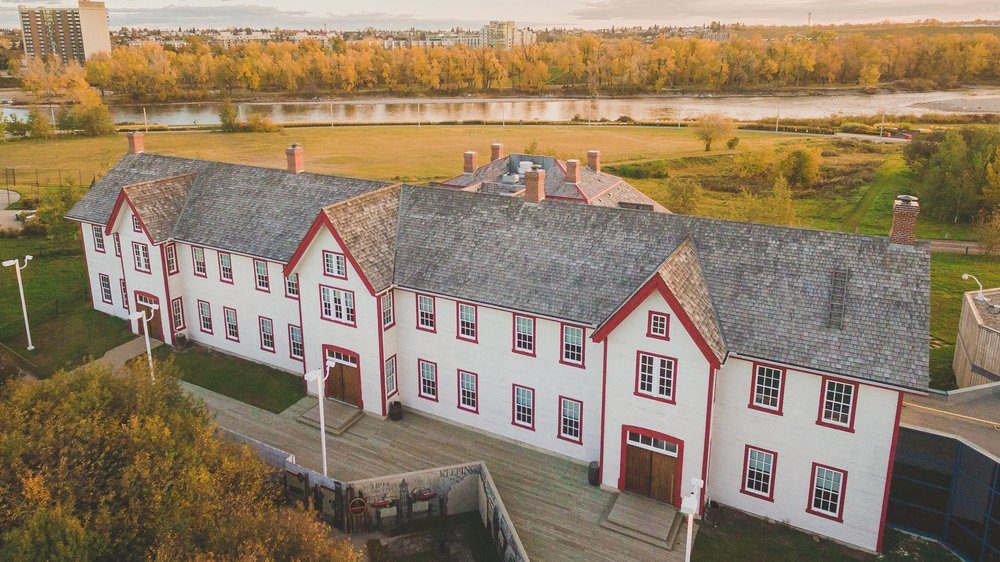
2. Bank of Montreal

In 1889, the Bank of Montreal was built in the historic center of the city, a three-story sandstone building at the corner of 8th Avenue and 1st Street SW. This building was associated with the creation and consolidation of financial institutions in Calgary, it was the central branch of the Bank of Montreal in that city.
The building’s central location and impressive, picturesque architecture helped to strengthen the Bank of Montreal’s image as Calgary’s premier financial institution. Throughout its early history, the bank has financed many entrepreneurial ventures, as well as provided funds for city projects, such as the purchase of firefighting equipment. Between 1906 and 1924, two new offices were opened in the city.
The central branch of the bank became something like an architectural anomaly, because the main competitors of the bank erected classicist buildings, while the central branch of the Bank of Montreal had an unusual and somewhat playful design that did not reflect the stability and financial power of the institution.
Therefore, the Bank of Montreal developed a plan to replace its central branch with a 12-story office building. In 1929, the branch was demolished to build a monumental building in the Beaux-Arts style. However, the beginning of the Great Depression made adjustments, so in 1932 a new, but only 3-story building was built.
This is a much more modest building. It was designed by architect Kenneth J. Rhee. The steel structure displays sculptural details and monumental scale. However, the interior is luxuriously decorated, the ceiling decorated with gold leaf, Corinthian columns and marble details. Large windows fill the interior with natural light.
From 1995 to 2005, the building was leased by music retailer A&B Sound. After that, the basement and main floor were restored, and the GoodLife Fitness gym was located in the building.
3. Hull Opera House

In 1889, William Roper Hull hired architects to design a sandstone and brick theater. Already in 1893, the Hull Theater was opened, it could accommodate more than a quarter of the population of Calgary. Opera and theater productions were shown there. Later, it was closed for a short time for reconstruction, but in 1905 it opened again, albeit as the Sherman Opera House, which was managed by showman William B. Sherman. Over the years, it has hosted opera, theater plays, school concerts, fundraisers and auctions, an annual firemen’s ball, and more.
In 1906, the theater was becloud by larger halls, so in 1906 it was converted into shops and residential apartments. In 1962, George Crystal, owner of the York Hotel, bought the building, then known as the Albion, and a year later the building was demolished. Later, the parking lot of the Bow skyscraper was placed under this place.
4. Burns Manor
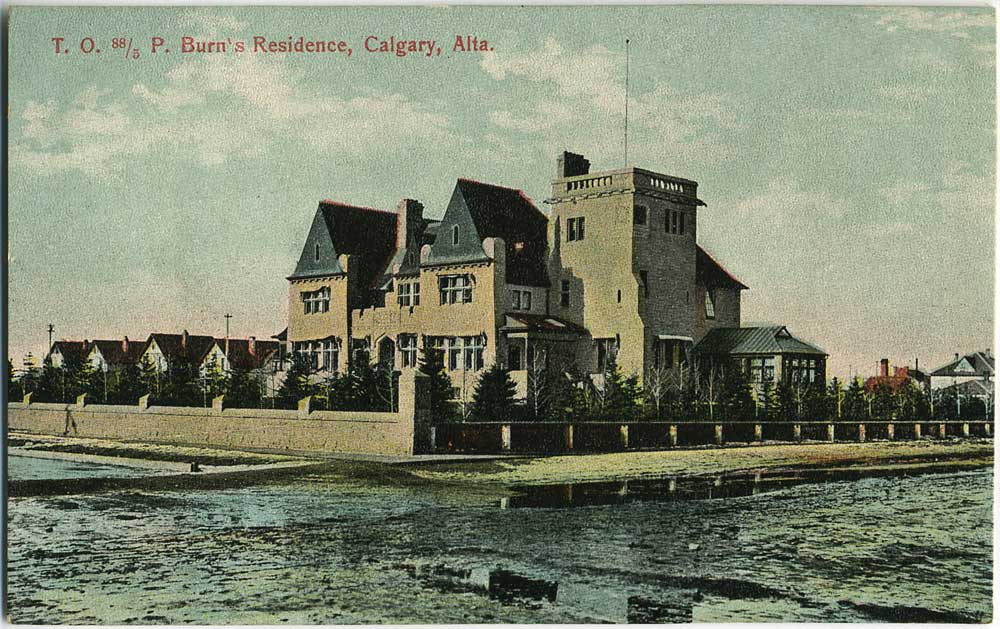
This manor was the residence of Senator Patrick Burns, a successful businessman who founded Burns Meat Farm. The estate was located on 13th Avenue S.W. in the Beltline area. It was built during 1900–1903.
The exterior was mainly made of sandstone. The manor house was built in a neo-Gothic style with castle motifs. It was once described as “a mixture of a French and an Irish castle”. The luxuriously landscaped area, surrounded by a low stone wall, resembled an English country garden.
In 1941, the building became part of the Colonel Belcher Veterans Hospital, and in May 1956 it was completely demolished to make way for an expansion of the hospital. Later, the hospital was moved, and another one was located on this site – the Sheldon Chumir Hospital.
5. Tram hangars
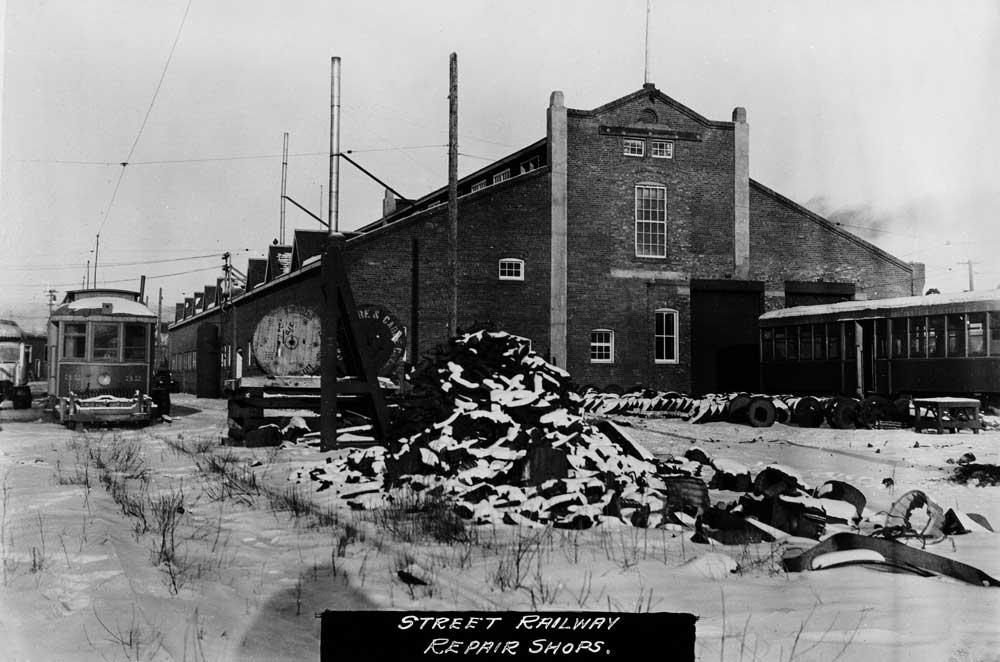
Hangars were built in 1909. At night there were trams, and during the day there were various workshops and sometimes even food stalls. In the 1940s, the trams stopped working, and the premises themselves were demolished. The parking lot south of the “Big Four” building was located at this location.
6. Canadian Pacific Railway Station

The third Canadian Pacific railway station in the city was built between 1910 and 1912. The stone complex has been a place of arrival for countless immigrants and a place of sad partings and bright reunions. In 1966, the station was demolished to make way for Calgary Tower and Palliser Square.
7. Southam building

In 1913, two gargoyle-covered office buildings of the same name were built for the Calgary Herald newspaper (these are the heads of some fantastic animals, monsters, etc. carved out of stone; newspaper heroes were carved for these offices), on opposite sides of 1st Street S.W. One of them is the Southam building.
The site on which the Southam building was located was originally home to the First Baptist Church, which was destroyed by fire in 1904. It was soon rebuilt, but after the congregation grew, the property was sold to the Southam Company, who bought the Calgary Herald in 1908 and built offices for it.
The Southam Building was one of Calgary’s finest examples of Gothic Revival architecture. Until 1932, it was also known as the Herald Building. Built of dark brown brick and sandstone. British ceramic manufacturers Royal Doulton were commissioned to design eight gargoyles to decorate the west wall, each of which depicted a newspaper hero: editor, typesetter and others.
The gargoyles were saved when the building was demolished in 1972 , they were moved to the walls of the Hotel Alberta, although some could not be saved. The Greyhound bus terminal was built on the site of the Southam building itself.
8. Repository of civil defense
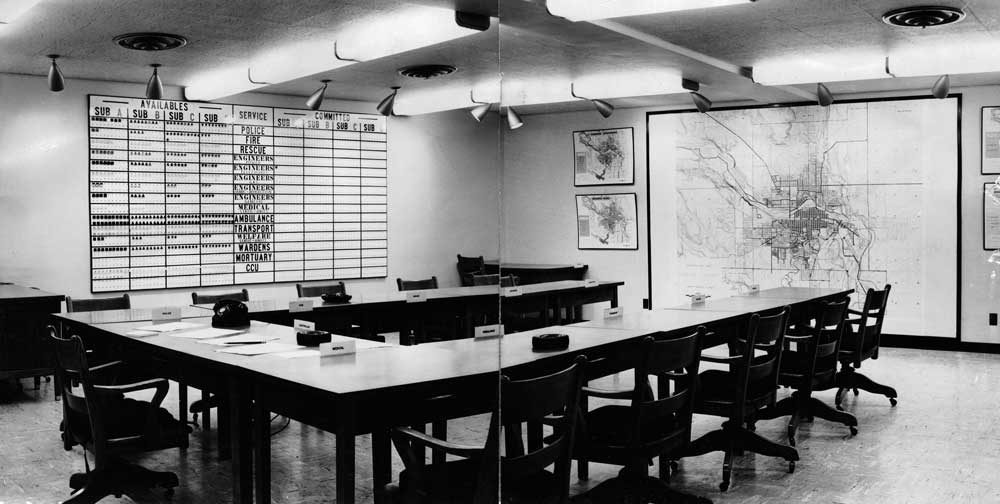
In 1954, the city built a bunker under the Shaganappi Point Golf Course to coordinate the evacuation of Calgarians in the event of a nuclear attack. The building itself could hardly withstand a nuclear explosion, so it was demolished in 1997.


